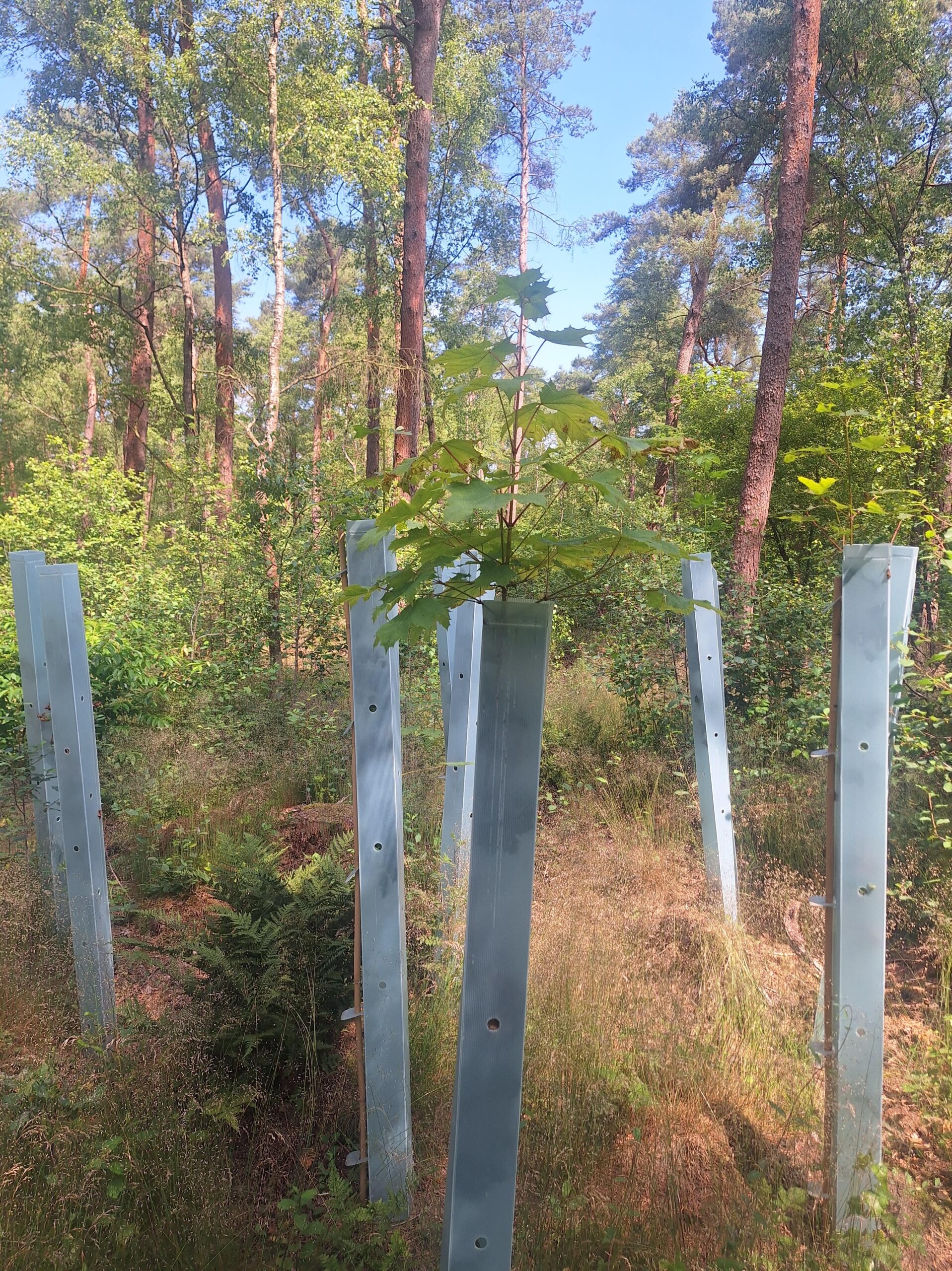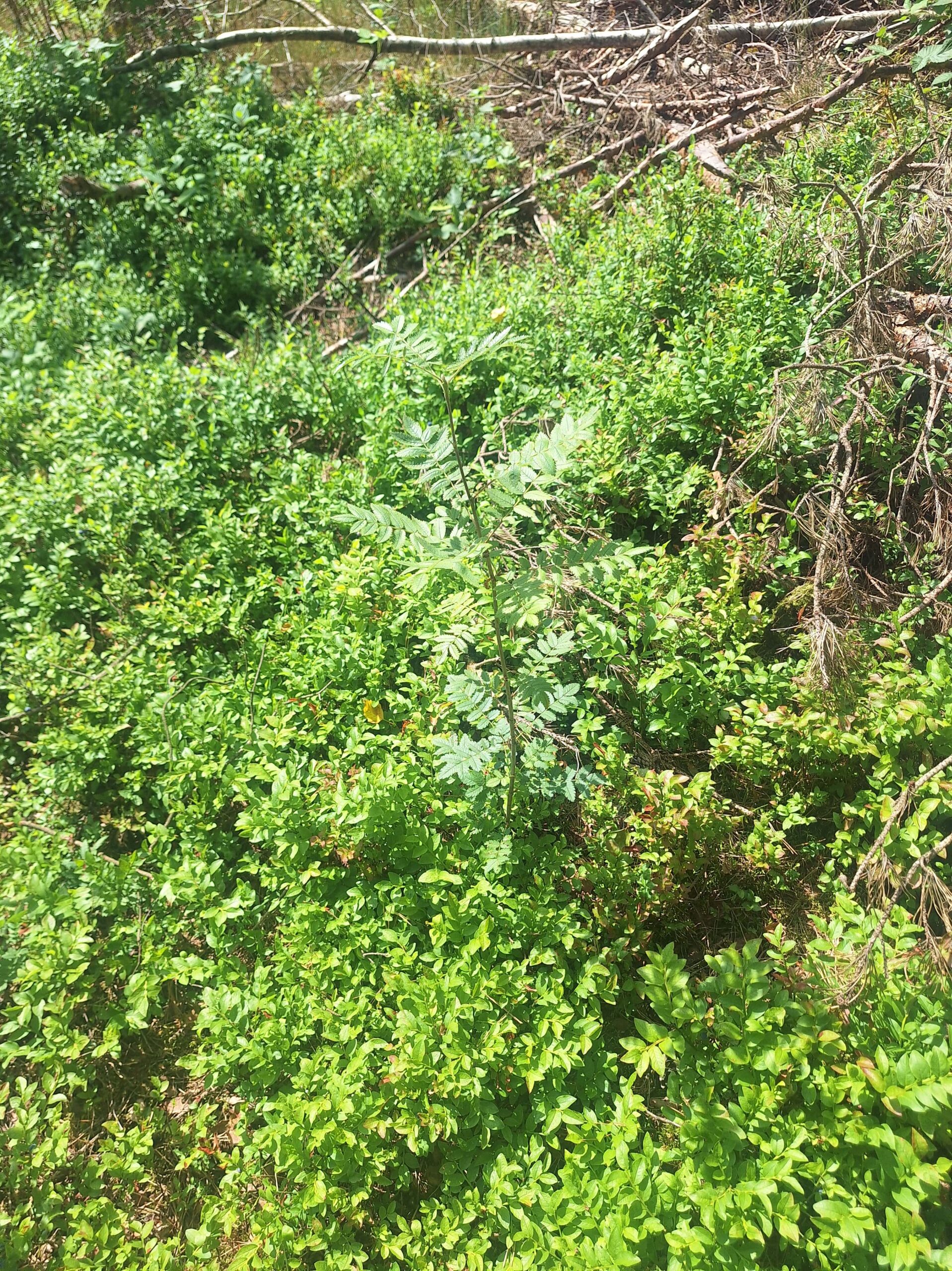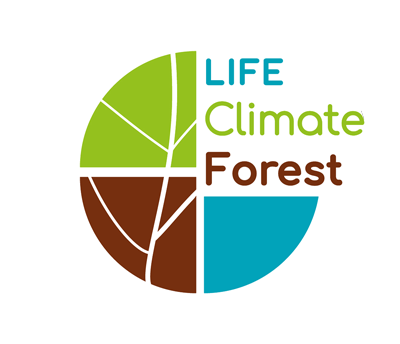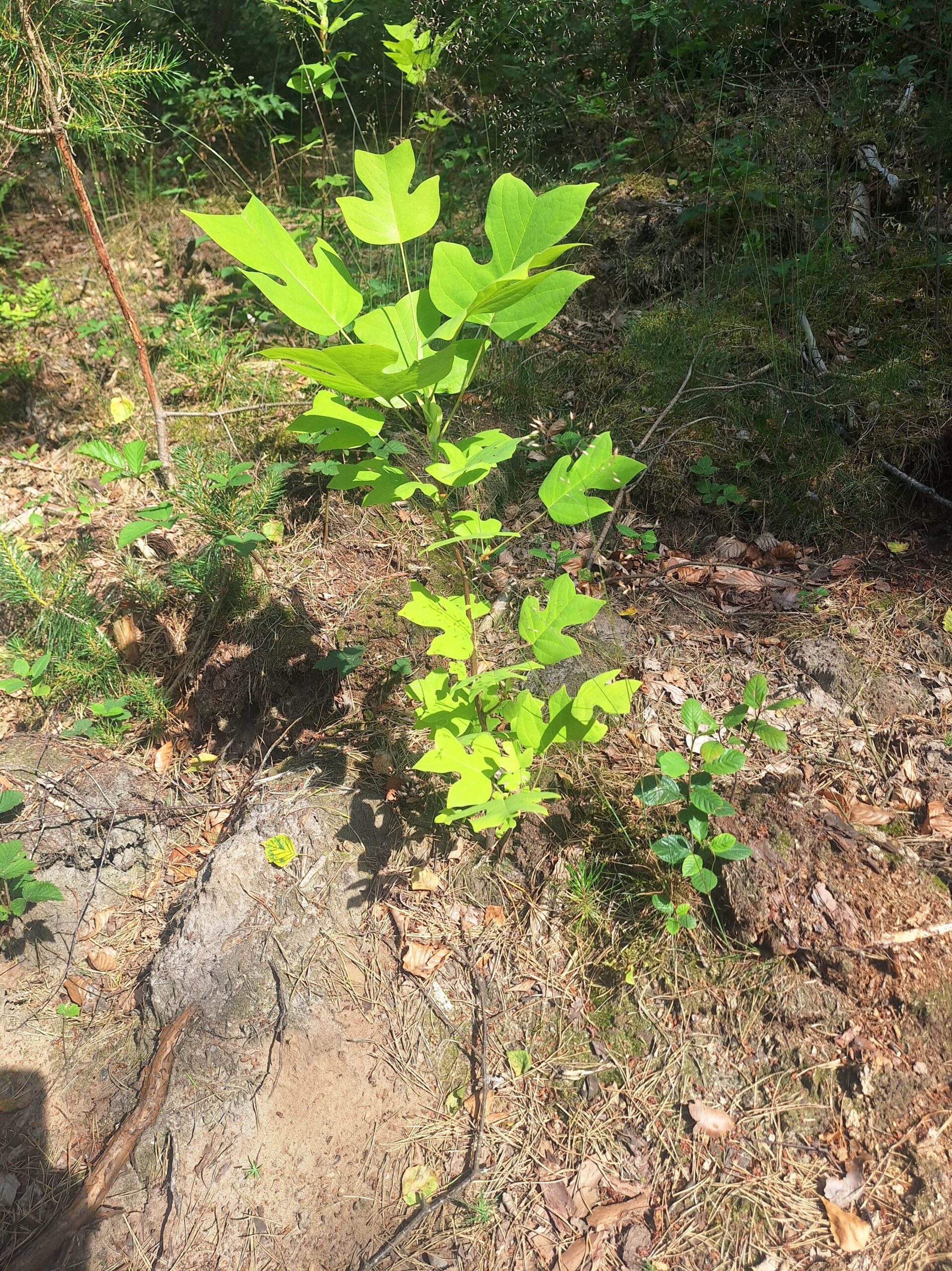Landgoed Beekzicht
In this demonstration forest, you can see the (long-term) effects of tree-oriented forest management.
- Owner: Beekzicht Estate B.V.
- Administrator: Bosgroep Midden Nederland
- Location: Municipality of Voorst (Gelderland)
- Size: demosite 43 ha (Estate 526 ha)
- Soil: Hairy podzolic soil
Visiting this demonstration forest?
Beekzicht estate is free to visitors. If you here park at the junction of Landweg and Watergatstraat, you can view the various (results of) measures from there.
Do you have any questions about managing or visiting this sample forest? If so, please contact manager Gerard Koopmans at info@landgoedbeekzicht.nl.
Landgoed Beekzicht
Beekzicht estate is a varied forest on the transition from the Veluwe to the IJssel valley. In this special area, an example forest has been created on 43 hectares where tree-oriented forest management has been applied. Here, we focus on the quality and vitality of individual trees and intervene locally. We focus on mixing species and age and we want to ensure that wood production, recreation and biodiversity have a joint place within the forest system.

"The maple tree is popping out the tubes" - says the manager, Gerard Koopmans (June 2025)

"And the rowan tree is also doing well." (June 2025)
Measures
- Thinning paths
The forest area is well-connected to heavy traffic and all forest plots are well-connected with thinning paths. These thinning paths are located every 20 metres, centre-to-centre and parallel to each other. Due to the sometimes moist conditions in the area, care of the thinning paths is a concern so that unnecessary soil compaction does not occur.
- Habitat trees
Development of old trees and forest parts is a challenge on Beekzicht Estate. Especially old trees thicker than 30 cm are virtually absent as lying or standing deadwood. To ensure the presence of trees that can go through all stages of decay and thereby contribute to biodiversity in the forest, habitat trees have been designated.
- Bostracking
During forest tracing, tree-by-tree selection was made for future trees in the second tree layer and habitat trees. Competition from the future trees was reduced by blushing trees and subsequent harvesting. Future trees were selected for promoting forest mixing and timber quality.
- Young plantings
At several places on Beekzicht Estate, you can see groups of young plantings. Because Scots pine, Douglas fir, Corsican pine and Japanese larch are already common and not without risks under climate change, we have planted with more drought- and heat-resistant (deciduous) species.
The added advantage of deciduous tree species is that they have no evaporation in winter, allowing water to be stored in the soil, and deciduous tree species are generally less prone to natural disturbances.
In addition, some conifer species have been planted to also contribute to the production objective of the estate in the future.
- Thinning test
A thinning test was conducted in a douglas-fir stand where little natural rejuvenation was emerging. This was to see which amount of light, combined with whether or not the humus layer was removed, is optimal to encourage the desired natural rejuvenation.




